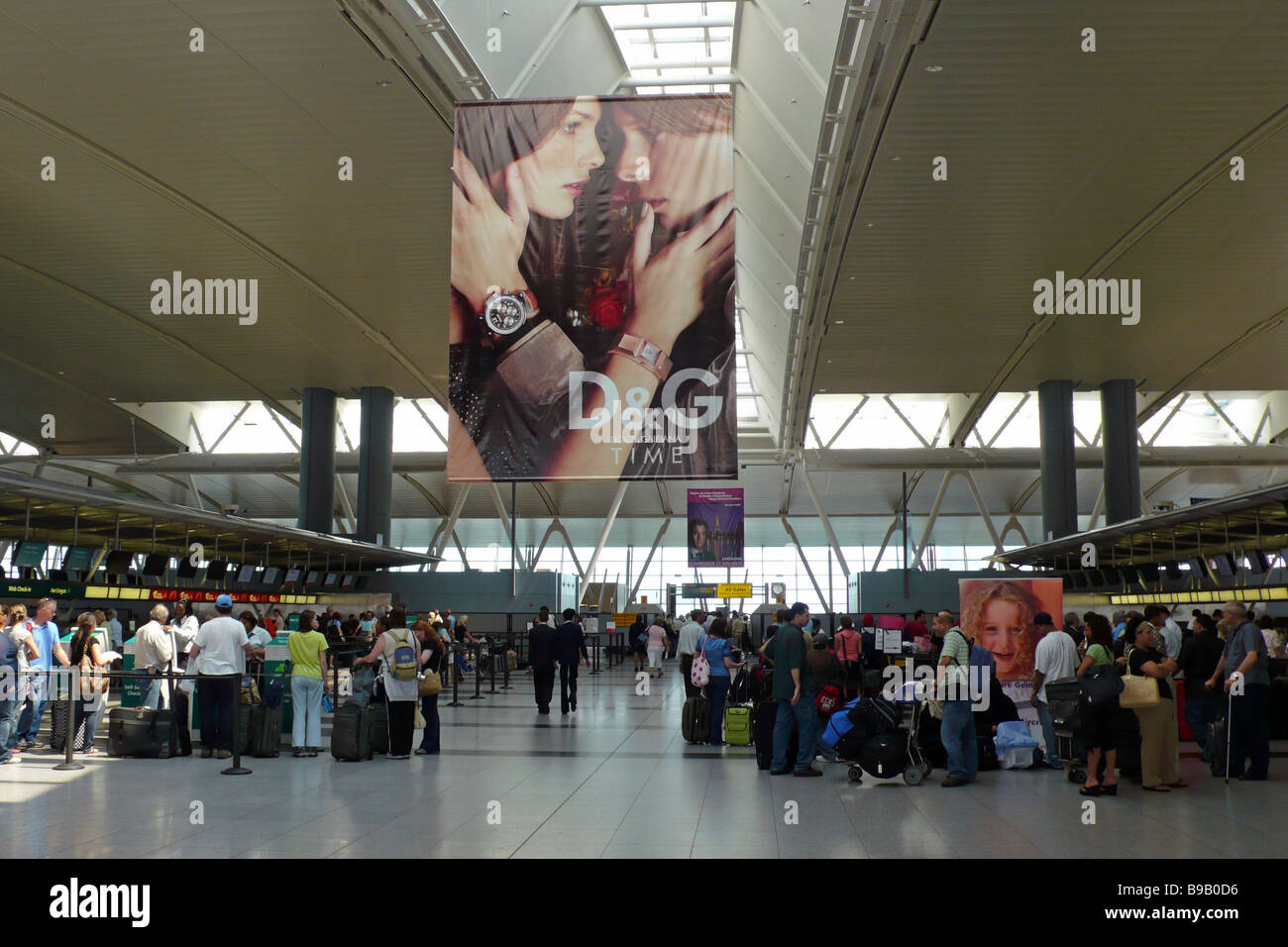
"Any increase in capacity that any of those options might create would be minimal at best," explained Phil Derner, Jr, founder of, a respected New York City based aviation blog. New York City’s airspace is one of the most complex and congested in the world. While the obvious answer to fix New York's airspace may seem as simple as adding runways or creating more efficient flight paths - something the Federal Aviation Administration hopes to do with the advent of NextGen air traffic control - those options are no silver bullet. The slightest bit of unfavorable weather can throw the entire region into air traffic control chaos by dramatically reducing the number of aircraft each airport can handle per hour. With JFK, LaGuardia and Newark all in such close proximity, along with smaller airports such as Teterboro and White Plains, air traffic controllers have to carefully guide aircraft to each airport while making sure they never conflict with each other.

New York City's airspace is one of the most complex and congested in the world.

One of the biggest drivers behind JFK's high delay and cancellation rate has little to do with the airport itself. Once Mother Nature decides to join the party - as she did quite forcefully during the recent "bomb cyclone" storm - New York's airports simply fall apart. Chronic delays and cancellations, dilapidated and isolated terminals, poor connectivity to the city's public transit system and long lines are just some of the problems presented by New York's airports. These days, any regular traveler knows full well to avoid JFK or its sister airports LaGuardia and Newark.


 0 kommentar(er)
0 kommentar(er)
